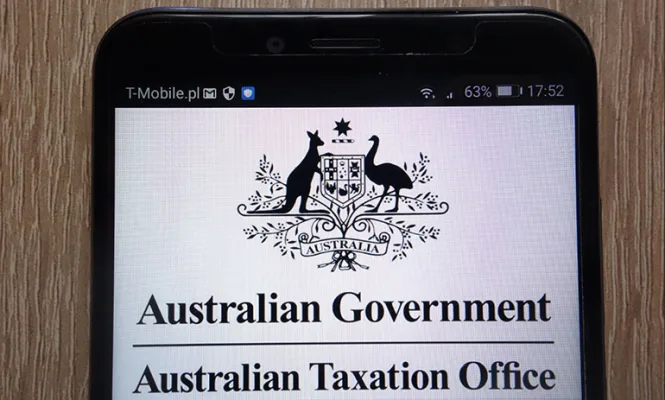Inflation, rising cost of living, interest rates; the news is full of headlines
highlighting the current economic climate and predicting what might be to come.
With prices of food, fuel, energy, and most essentials increasing, many
households are watching spending much more closely, while looking for ways to
cut costs.
Even more so, minimising costs will be essential if as a self-employed sole trader
or small business you are to survive this uncertain time and keep your cash flow
healthy. Being a small business can be a challenging endeavour, especially in an
economic climate where the cost of living is rising due to inflation and interest
rates. To remain competitive, it is important for businesses to find ways to cut
costs while also maintaining their quality of services or products. This article will
look at some practical strategies that you can utilize to reduce your operating
costs and increase efficiency.
- Identifying Costs – Whether it is your personal spending or the outlay of
a major business, being honest about what your actual costs are is the
first step. Understand existing expenses in all areas. What do you buy?
How much do you pay? What costs have increased over the recent years?
Evaluating where you are now and where you want to be is the best place
to start. As a sole trader, consider creating a 12-month cash flow forecast
to look at whether your expected income will exceed your predicted costs.
If the figures don’t add up, you have time to act so you can stay profitable
and competitive in the market. (check out our Budget and expense
tracking tools) - Cut expenses – Your initial identifying of costs will hopefully have
highlighted some ways you are spending that you can straight away cut.
Some examples might be regular payments that come out of your account
for subscriptions or stock that you don’t use or had even forgotten you
were paying for. Travel that is unnecessary, advertising that isn’t
converting – what are the expenses that that you shouted straight away
“Why are we still paying for that?”. - Reduce Overheads – After finding the obvious unnecessary costs, or
maybe you run such a tight ship that there was no excess to trim, it is time
to look at the large costs that most businesses face; Rent and other
utilities. Spending the time to compare your electricity, banking and
telecommunications rates and fees can pay off in the long run. - Seek better deals from current suppliers – Finding new suppliers can
be time-consuming but why not ask your current providers if they can do a
better deal. The first step is to review your supplier contracts carefully.
Look for any areas where you could negotiate more favourable terms, such
as payment schedules or delivery times. Once you’ve identified these
opportunities, reach out to your suppliers and start a dialogue about how
you can work together to improve the arrangement. Another strategy for
getting better deals from your current suppliers is leveraging your buying
power. As a sole trader, you may not have the same bargaining power as
larger companies, but there are still ways to maximize the impact of your
purchasing decisions. - Increase Efficiency –As a sole trader, cutting costs can be an important
way to increase profitability. There are several ways that you can do this,
but one of the most effective methods is to increase your efficiency. By
streamlining your processes and reducing waste, you will be able to save
time and money while still delivering high-quality work. Sometimes as the
business owner it is hard to see the forest for the trees, so why not ask
your regular customers or staff what things they don’t think you need.
Does no-one ever eat the side salad? Is no-one parking in the expensive
carpark? Do the staff hate the annual Christmas dinner and would prefer a
voucher? You might be surprised by the feedback you get. Another way to
cut costs as a sole trader is by outsourcing certain tasks. If there are areas
in which you lack expertise or experience, consider hiring a freelancer or
consultant who can complete the work more efficiently than you could on
your own. For example, here at Impact Taxation we provide tax planning
advice to our sole trader clients. When the timing is right, we can help you
change your business structure to achieve asset protection and tax
savings at the same time. Some of our sole trader clients saved up to tens
of thousands of dollars on tax in the first year when they changed their
business structure. - Automate Processes – One way to increase efficiency is to automate
repetitive tasks. This could include using software tools or apps that help
you manage invoices, track expenses or manage your social media
accounts. Automating these tasks will not only save you time but also
reduce the chances of errors occurring. For instance, Impact Taxation uses
a unique tax return template to help our clients avoid missing any
deductions. Templates and software could make your systems and
processes much more efficient, saving you time, money and hassle leaving
you to focus on what you enjoy about being in business.
In conclusion, cutting costs as a sole trader can seem difficult at first, but with a
little bit of creativity and hard work it is possible to significantly reduce costs.
Whether it’s switching to virtual office space, bartering services with other
businesses, or taking advantage of digital resources, there are multiple ways to
save money while running your own business. With careful planning and
dedication, you can create a budget that works for you and your business and
Impact Taxation & Financial services is just a phone call away – call now to see
how we can help you save on costs.





